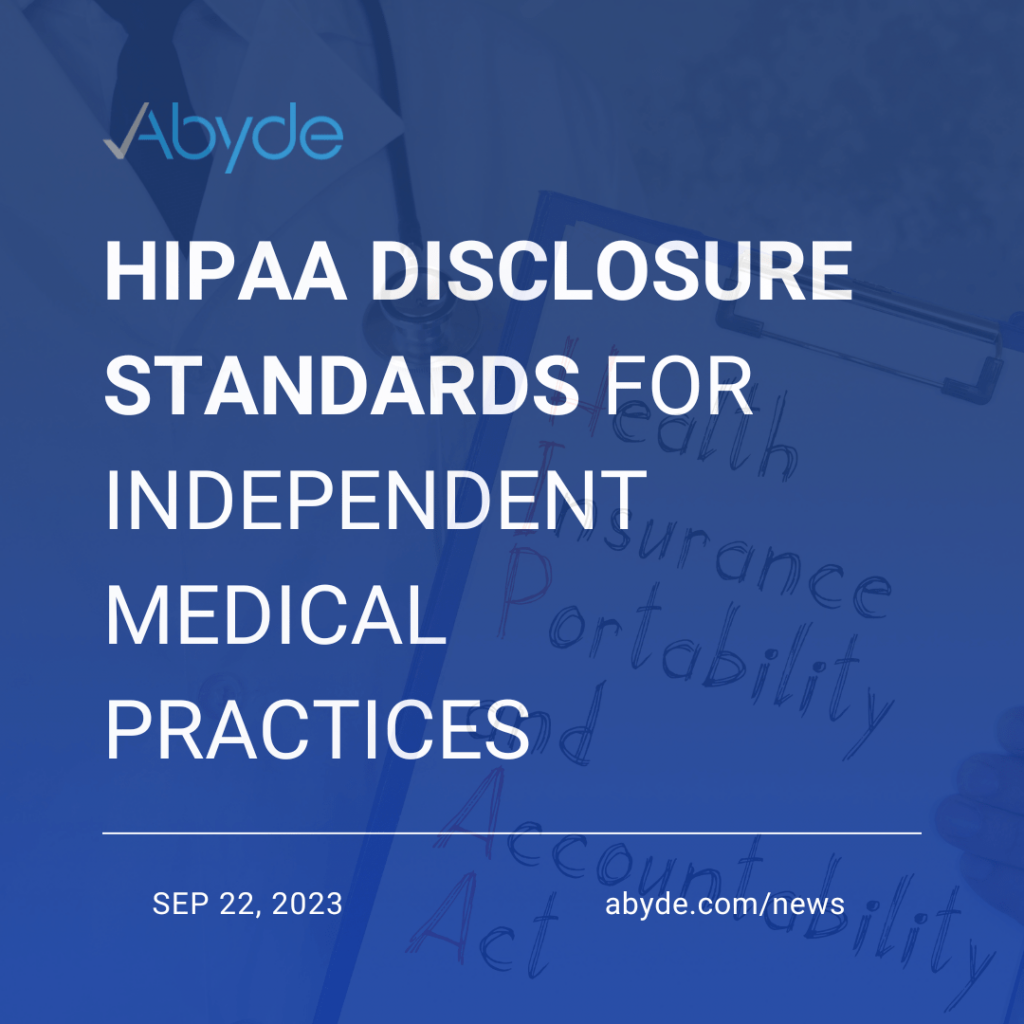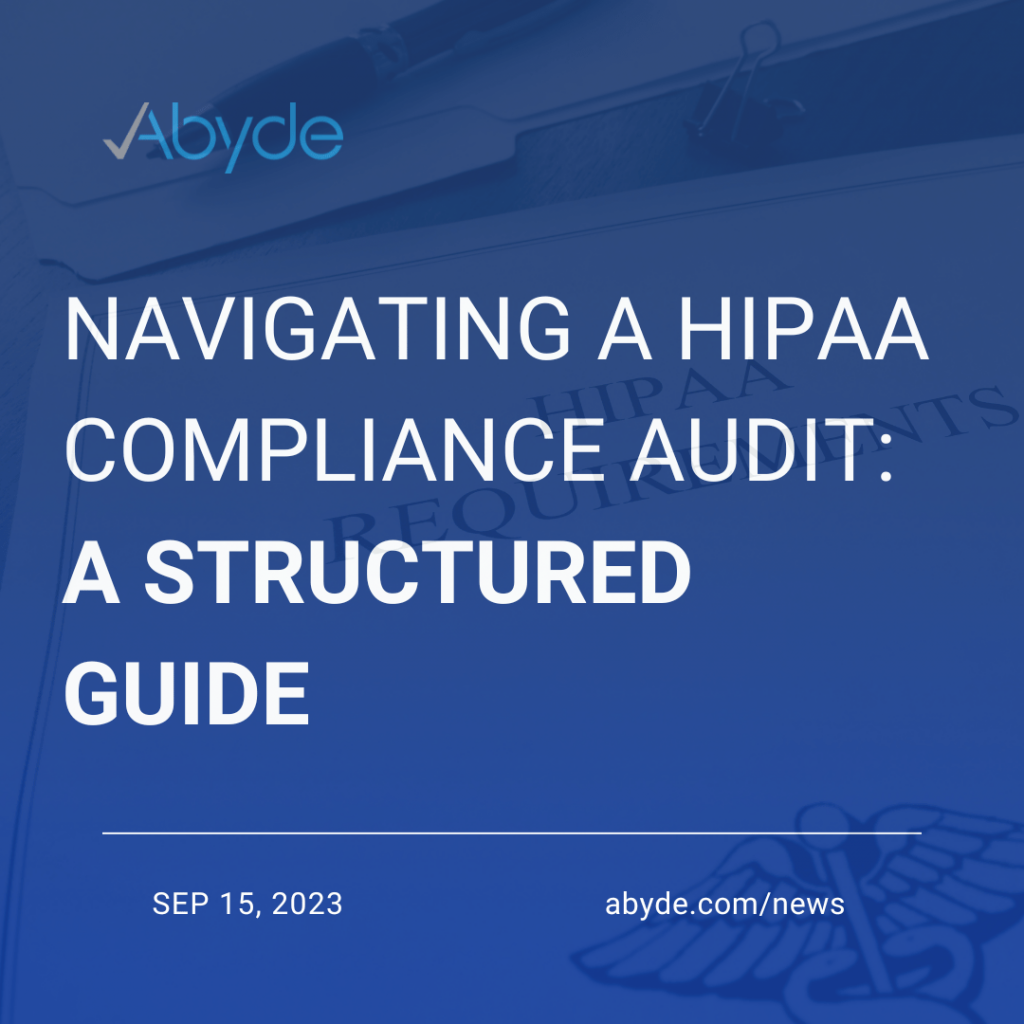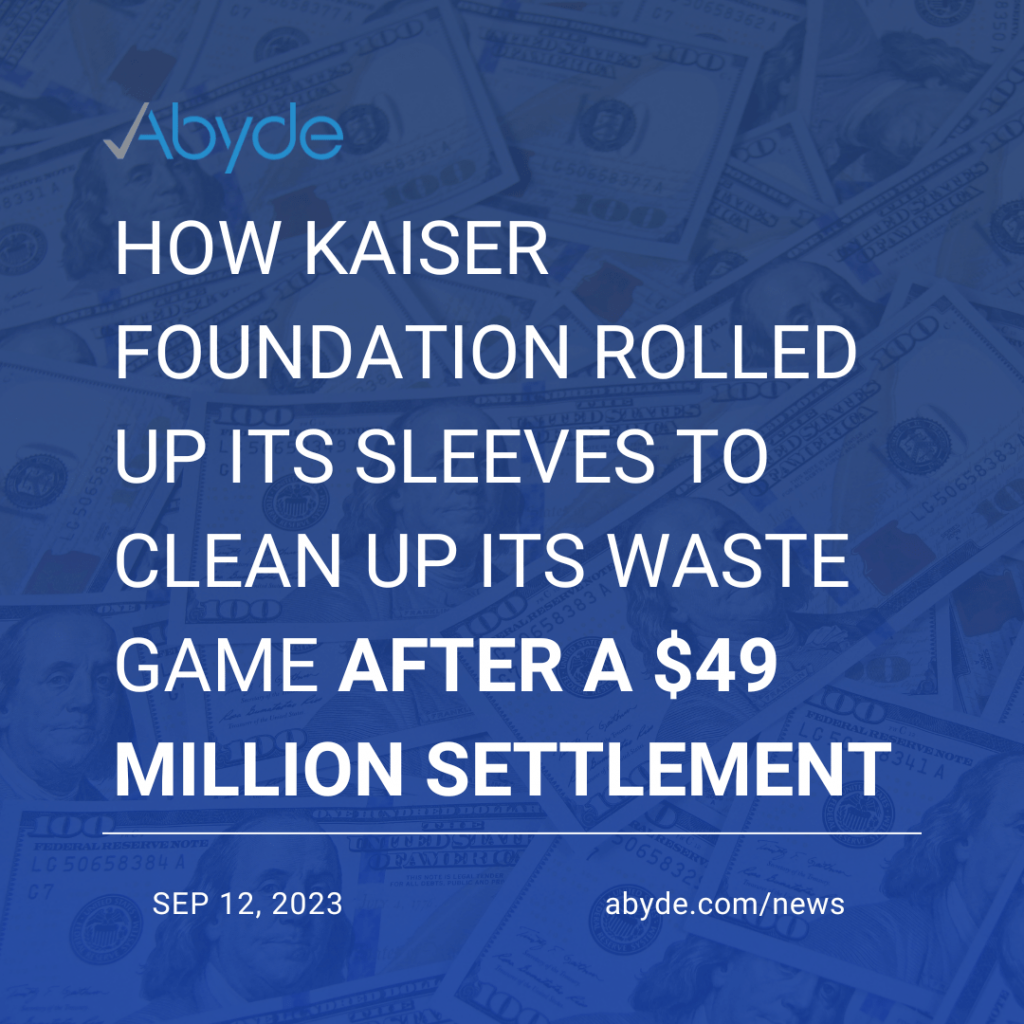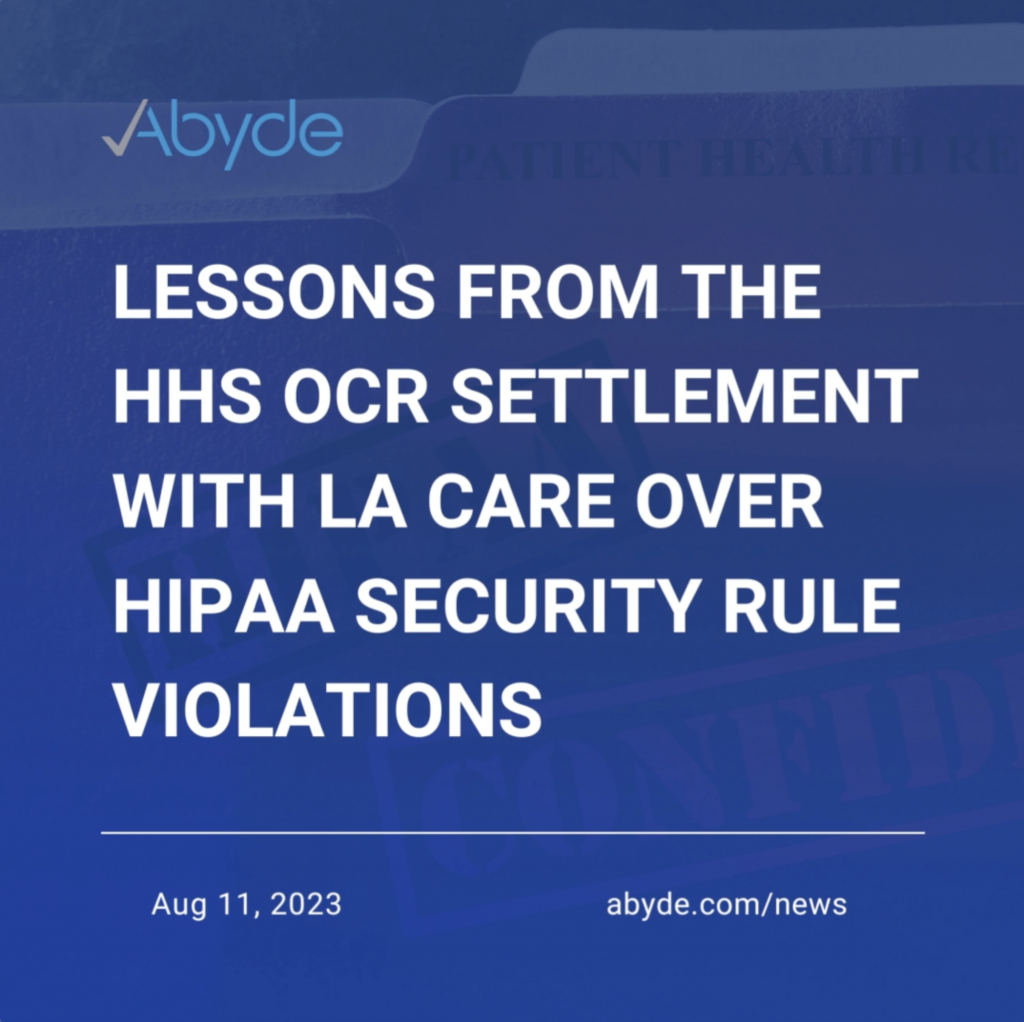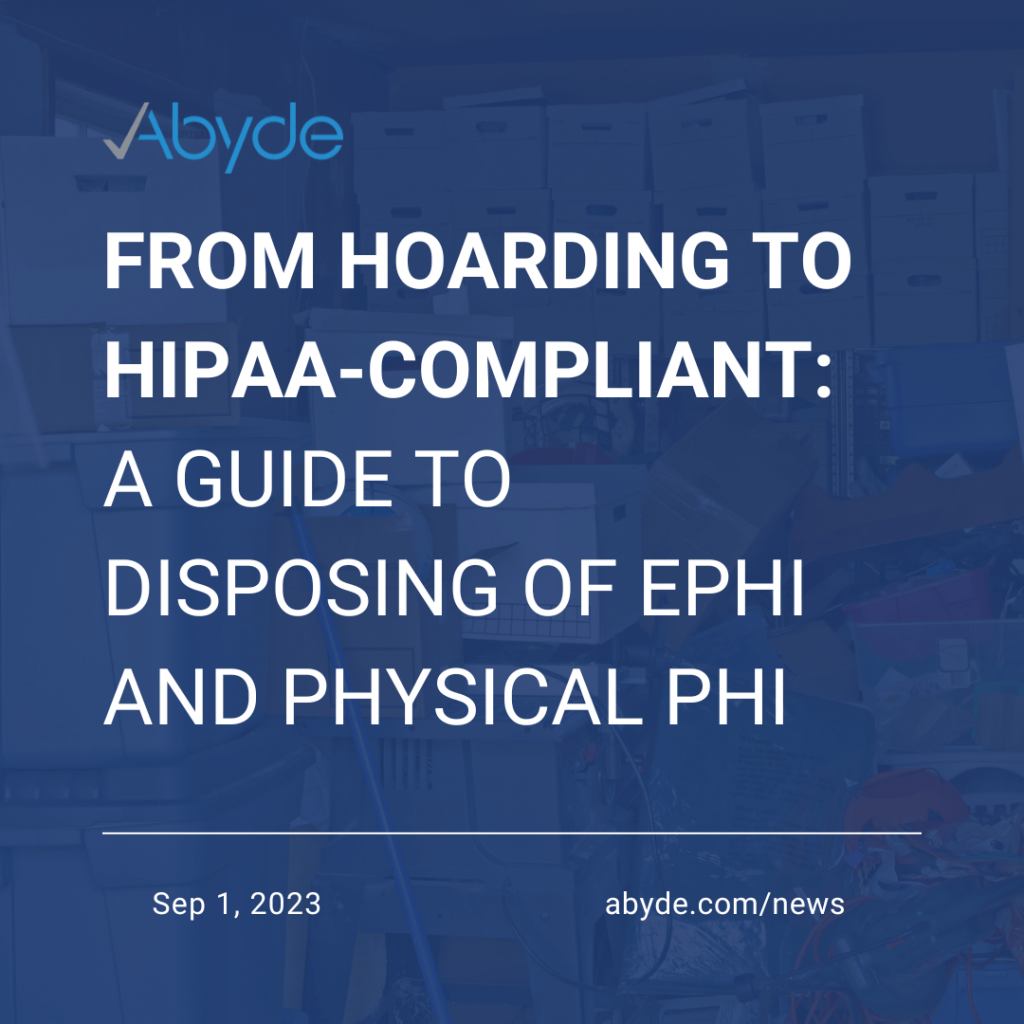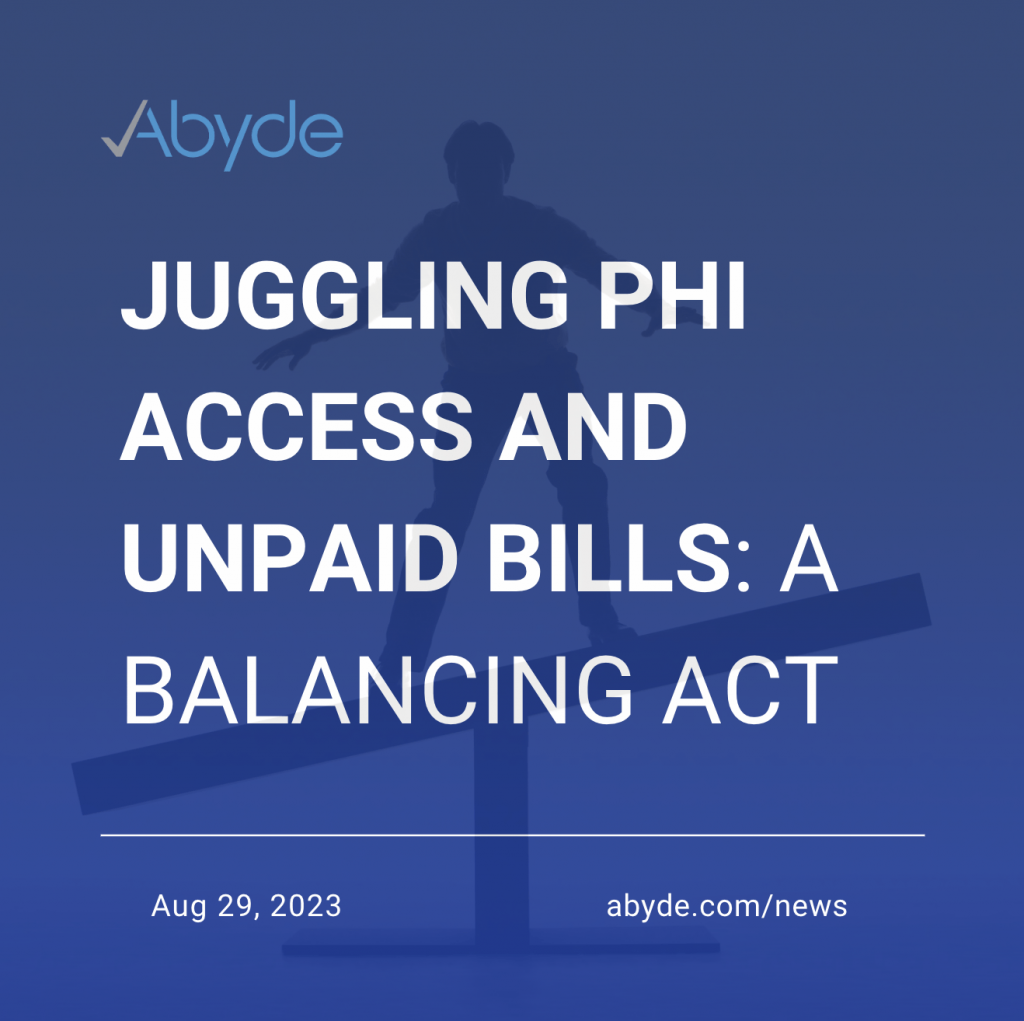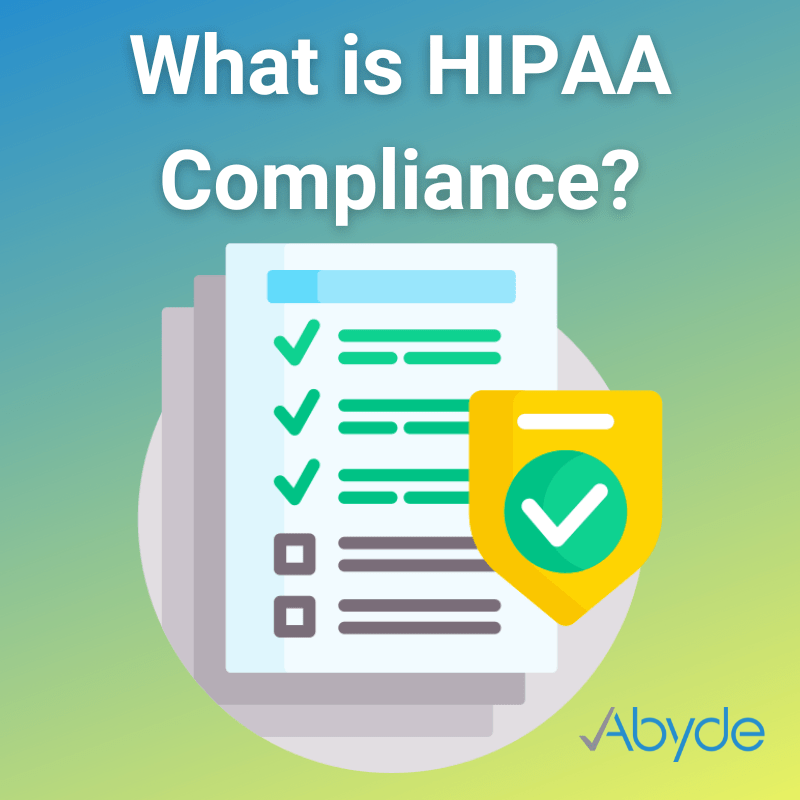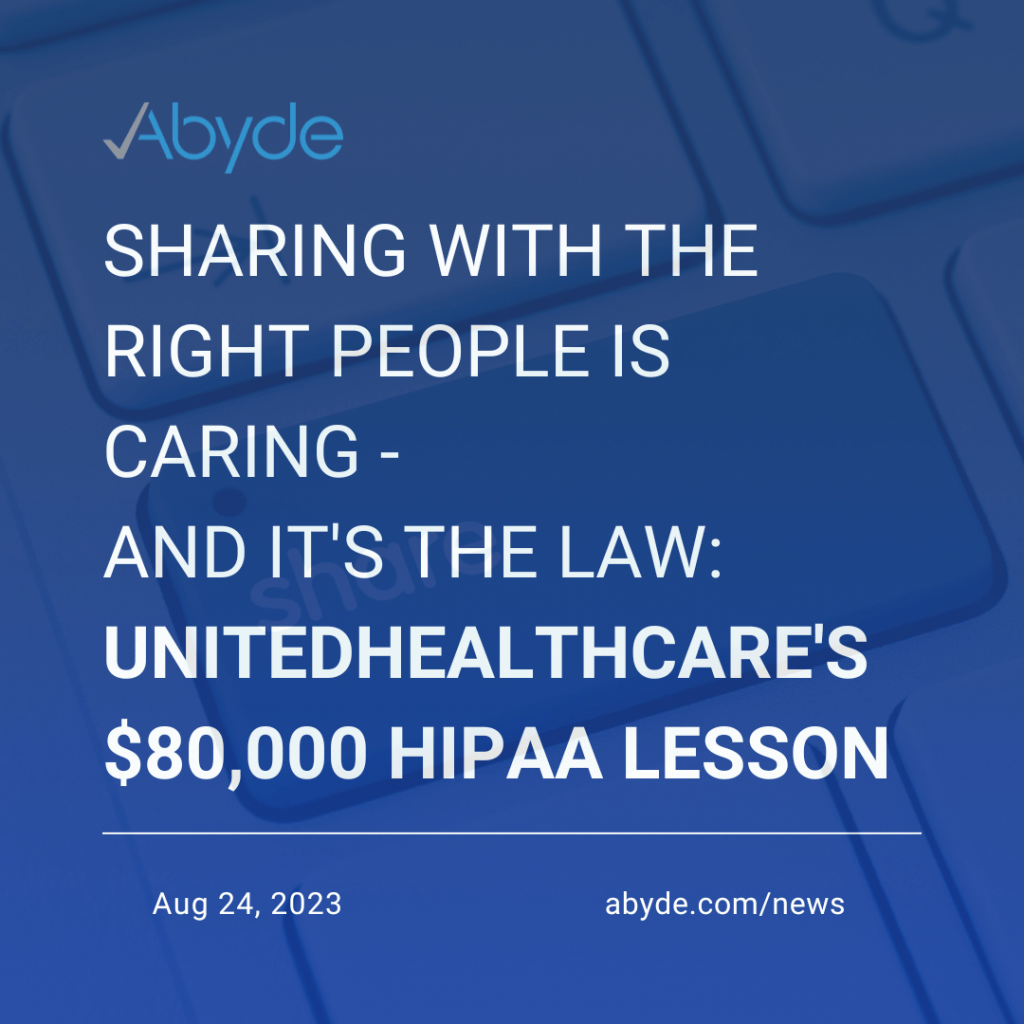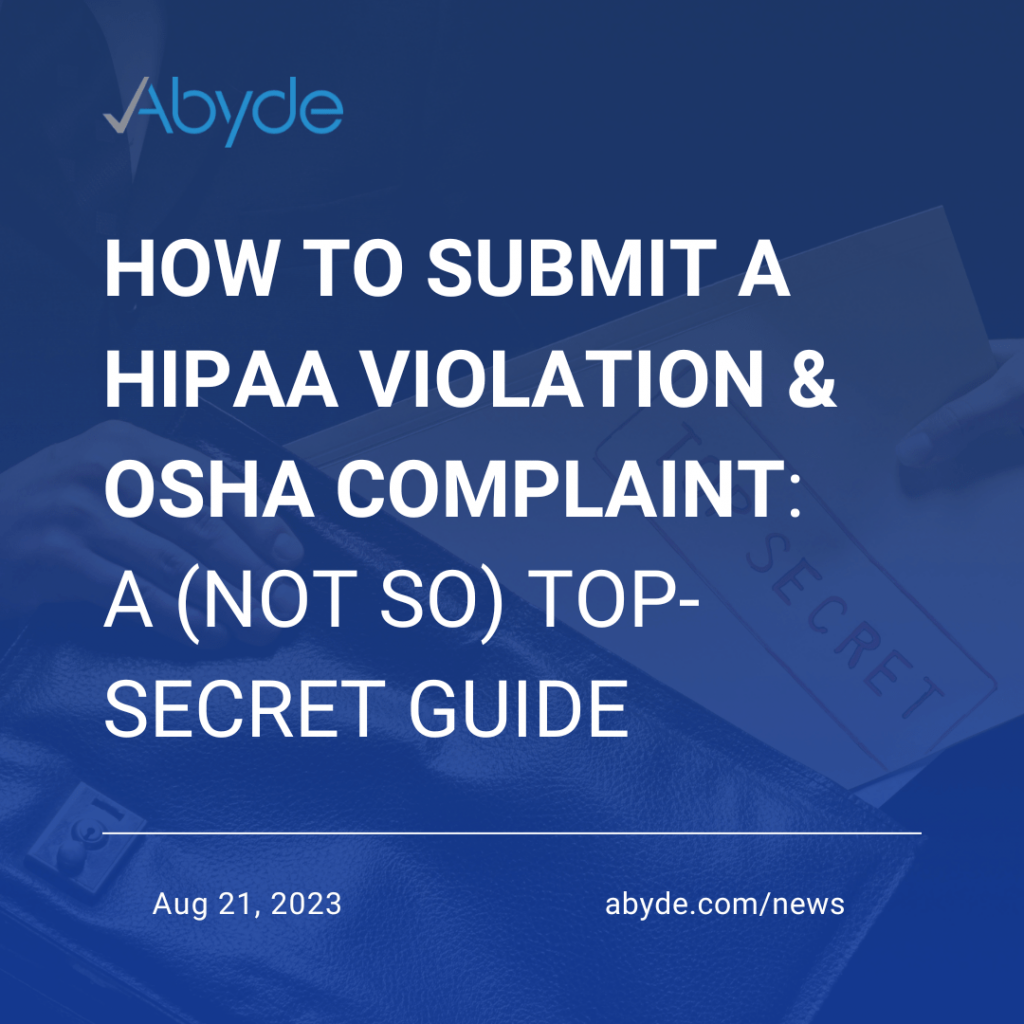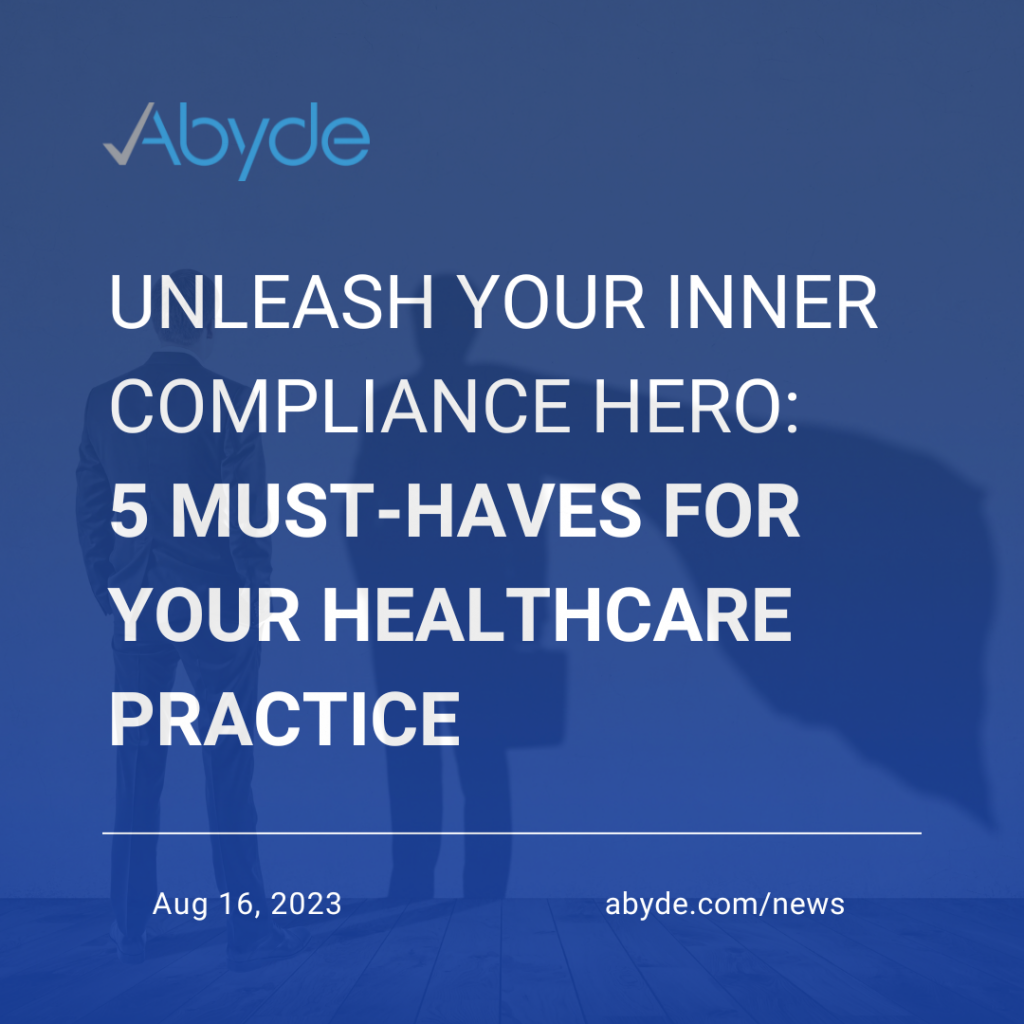September 22, 2023 Navigating the complexities of HIPAA (Health Insurance Portability and Accountability Act) is essential for independent medical practices. This federal law primarily protects the privacy of patients’ health information, specifically the Protected Health Information (PHI). The HIPAA Privacy Rule sets the foundation for PHI protection, stipulating when and how an independent medical practice can share this information without needing explicit consent from patients. Here’s a breakdown for clarity: 1. Treatment, Payment, and Healthcare Operations (TPO): For independent medical practitioners: 2. Consent-Based Disclosures: Individuals can grant written consent to share their PHI: 3. Public Interest and Benefit Activities: There are situations where PHI can be shared for the broader public interest: HIPAA Disclosure Scenarios for Independent Practices: Understanding these disclosure standards ensures that independent medical practices maintain their patients’ trust and compliance with federal regulations. Abyde: HIPAA and OSHA Compliance Software Abyde is a cloud-based software platform that helps healthcare organizations achieve and maintain compliance with HIPAA and OSHA regulations. Abyde provides a comprehensive suite of tools and resources to help organizations with risk assessments, policy and procedure development, employee training, and documentation. Abyde’s compliance software can help organizations: Abyde’s software is easy to use and can be customized to meet the specific needs of any healthcare organization. Abyde also offers a variety of support resources, including online training, webinars, and 24/7 customer support. How Abyde can help healthcare organizations with HIPAA disclosure Abyde’s HIPAA compliance software can help healthcare organizations with HIPAA disclosure by providing tools and resources to help them: Abyde’s software can also help healthcare organizations to: By using Abyde’s HIPAA compliance software, healthcare organizations can help ensure that all PHI disclosures comply with HIPAA regulations and that patient privacy is protected. Conclusion HIPAA is a complex law, but it is crucial to understand the basics of HIPAA privacy and disclosure rules. Understanding these rules can protect your PHI and help ensure your healthcare information is handled appropriately. How Abyde can help you comply with the three standards of HIPAA disclosure; Contact us today for a complimentary consultation by clicking HERE. Links to appropriate resources
Navigating a HIPAA Compliance Audit: A Structured Guide
September 15, 2023 Receiving notification of a pending HIPAA compliance audit may initially feel like an alarming event. Rest assured, it doesn’t need to be a distressing experience. Let’s put the jests aside and embark on a guided pathway to handling this with seriousness and diligence. Here’s how you can approach this situation methodically and with poise, assisted by Abyde’s comprehensive solutions: Step 1: Stay Calm and Mobilize Your Team Upon receiving the notification, resist the urge to panic. Instead, convene a team meeting to align your strategies and affirm that you can successfully navigate the audit with a coordinated effort. Step 2: Understanding the Audit Letter Deciphering the audit letter is paramount. Invest time in understanding the specifications mentioned in the letter to identify the areas that will be under scrutiny during the audit. Step 3: Engage Your Compliance Officer Your Compliance Officer will be the anchor during this period. Leverage their expertise to lead the preparation phase, focusing on gathering the necessary documents and aligning your operations with HIPAA standards. Step 4: Document Compilation Systematically compile all necessary documents including, but not limited to: Step 5: Conduct a Pre-Audit Before the official audit, conduct a pre-audit to identify any gaps in your compliance. This step ensures that you are well-prepared and confident for the audit day. Step 6: Be a Gracious Host On the audit day, maintain a cooperative and respectful demeanor toward the auditors. Offer refreshments and be willing to assist them throughout the process, facilitating a smoother audit experience. Step 7: Review and Improve Post-audit, take time to review the feedback provided in the auditor’s report. Utilize this information to make necessary amendments, showcasing your commitment to continuous improvement. Step 8: Continuous Compliance Recognize that maintaining compliance is an ongoing endeavor. Regularly update your policies and training to ensure that your practice operates within the stipulated regulations, fostering a culture of continuous compliance. Leveraging Abyde for Compliance Ease With Abyde by your side, you can transform this seemingly daunting task into a manageable one. Abyde offers: With preparation and the right partner like Abyde, you can face a HIPAA audit with confidence and tranquility. Embark on this compliance journey with seriousness and structured guidance, ensuring a successful outcome.
How Kaiser Foundation Rolled Up Its Sleeves to Clean Up Its Waste Game After a $49 Million Settlement
September 12, 2023 Hey there, eco-warriors and healthcare aficionados! Buckle up because we have some intriguing news on the healthcare front that could give you both a sigh of relief and a chuckle. You know the Kaiser Foundation, right? The healthcare giant that’s practically the Beyoncé of California healthcare? Well, they recently found themselves in a bit of a trashy situation. But don’t worry, they’re taking out the trash—literally. What Went Down? Imagine a group of undercover agents not from a blockbuster film but from district attorneys’ offices in counties like San Francisco, San Mateo, and others. Their mission? Inspecting dumpsters at 16 different Kaiser facilities, which, get this, wasn’t even locked. Spoiler alert: The bins weren’t filled with outdated fashion magazines or pizza boxes; they were packed with hazardous and medical waste. We’re talking needles, batteries, and even patient records! Yup, patient records are in the trash. Not good nor compliant! The Rule Book So, some of you might be scratching your heads and thinking, “Wait, isn’t there a rule against this sort of thing?” And, oh boy, are you right! We’ve got the big acronym HIPAA (Health Insurance Portability and Accountability Act) and a handful of Californian laws like the Hazardous Waste Control Law and the Medical Waste Management Act saying, “Nah, that ain’t right!” How Kaiser is Cleaning Up Its Act Kaiser wasn’t like, “Eh, no big deal.” No, siree! They brought in third-party pros to audit over a thousand of their trash piles—now that’s some severe garbage dedication. They’ve also fine-tuned their waste disposal routines faster than you can say “recycle.” And the price for this waste fiasco? Kaiser agreed to a $49 million settlement, with a chunk of it ($37.5 million) going toward civil penalties. They also have to hire an independent auditor for future trash checks. The auditor will ensure that hazardous items and patient info aren’t having dumpster parties together. Attorney General’s Two Cents Rob Bonta, the Attorney General, chimed in to say, “The illegal disposal of hazardous and medical waste is a no-go. Kaiser, as a healthcare provider, should know better.” But he also quickly acknowledged that Kaiser didn’t just shove its head in the sand. They’ve been cooperating to get their waste management back on track. So, what’s the lesson here, folks? Maybe it’s that even giants like Kaiser can trip up, but it’s never too late to get your act together—whether it’s your personal life or your dumpsters. Because, let’s face it, nobody wants their confidential medical history ending up in a landfill next to last week’s tuna casserole. 🗑️✅ Don’t Let Compliance Be Your Blind Spot—Abyde Has Your Back! Navigating the maze of healthcare compliance can be like playing a never-ending game of Whac-A-Mole—just when you think you’ve tackled one issue, another one pops up. And let’s be honest; nobody wants to be the next headline for not properly securing their hazardous waste or protecting patient information. That’s where we come in! 🌟 Abyde specializes in HIPAA and OSHA Compliance solutions. We understand the nitty-gritty details that can keep healthcare administrators up at night, so you don’t have to. With our cutting-edge SAAS solutions, you can rest easy knowing you’re in full compliance with not just federal laws but also state-specific regulations. Our comprehensive audits and easy-to-implement changes can help you avoid dumpster dives and sticky situations like the one Kaiser found itself in. We’re more than just a service; we’re a partner who takes your compliance seriously so you can focus on what really matters—providing exceptional healthcare. So, if you’re looking for a superhero in the complex world of healthcare compliance, look no further. Abyde is the sidekick you didn’t know you needed but won’t be able to live without. Till then, keep your dumpsters clean and your patient records cleaner! 🌱🗂️✨
Lessons from the HHS OCR Settlement with LA Care Over HIPAA Security Rule Violations
September 11, 2023 In a recent episode of “Healthcare’s Most Expensive Mistakes,” LA Care, the nation’s largest publicly operated health plan, made a special guest appearance. They settled a case with the U.S. Department of Health and Human Services’ Office for Civil Rights (HHS / OCR) over potential violations of the HIPAA Security Rule. The cost? A cool $1.3 million and a multi-year “compliance babysitting” plan. Key Violations They say it is all in the details. Well, the violations that led to this hefty settlement were the ones that are overlooked so often. They included: The Importance of Proactive Measures OCR Director Melanie Fontes Rainer emphasized that it’s better to be proactive than reactive—unless you enjoy cutting million-dollar checks to the government. The OCR will be keeping a watchful eye on LA Care for three years, so let’s hope they don’t pull a “Groundhog Day” and repeat their mistakes. Corrective Actions To avoid their past mishaps, LA Care will be following a corrective action plan. Steps include: The LA Care case is a cautionary tale that even healthcare giants can stumble if they don’t take HIPAA seriously. But hey, mistakes are human; it’s how you fix them that defines you. If you’re reading this and are suddenly concerned about your organization’s compliance, you’re not alone—well, unless you’re from LA Care, in which case, hang in there! How Abyde Can Help Now, for healthcare organizations that want to avoid starring in the next episode of “Healthcare’s Most Expensive Mistakes,” meet Abyde. We’re the fairy godparent you wish you had during a compliance crisis. Our HIPAA and OSHA Compliance SAAS platform helps you sail through risk analyses, craft impeccable risk management plans, and even preps you for those scary OCR audits—making compliance as easy as pie. So, if you’re tired of the compliance nightmares and ready to sleep easy, Abyde is your dream come true. Don’t be the next LA Care; be the carefree healthcare provider everyone envies. Embrace peace of mind and secure your organization’s future with Abyde today. Because in the world of healthcare, it’s better to be safe, compliant, and a little bit cheeky than sorry.
From Hoarding to HIPAA-Compliant: A Guide to Disposing of ePHI and Physical PHI
September 1, 2023 The TV show ‘Hoarders‘ showcases the struggles of individuals who have an extreme tendency to accumulate and hold on to items, sometimes to the point of causing harm or distress. In a medical practice, holding onto Protected Health Information (PHI) that is no longer needed may not only cause harm and distress but can also lead to severe legal penalties. The Health Insurance Portability and Accountability Act (HIPAA) mandates safeguarding PHI, including its proper disposal when no longer needed. This blog post will guide medical practices on how to dispose of electronic PHI (ePHI) and physical PHI in a HIPAA-compliant manner. Understanding ePHI and Physical PHI ePHI refers to any PHI that is created, received, maintained, or transmitted in electronic form. This includes information stored in electronic health records (EHR), electronic billing records, digital images, and any other electronic documents containing PHI. Physical PHI refers to any PHI that is in a physical form, such as paper records, printed images, and other tangible materials containing PHI. The Need for Proper Disposal Just as the individuals on ‘Hoarders’ need to declutter their living spaces to create a safer and healthier environment, medical practices need to dispose of ePHI and physical PHI that is no longer needed to create a safer and healthier environment for their patients’ information. Holding onto old and unnecessary PHI increases the risk of unauthorized access, identity theft, financial fraud, and reputational damage to the practice. HIPAA-Compliant Disposal Methods The HIPAA Privacy Rule requires covered entities to implement reasonable safeguards to limit incidental and avoid prohibited uses and disclosures of PHI, including in connection with its disposal. Additionally, the HIPAA Security Rule requires covered entities to implement policies and procedures to address the final disposition of ePHI and the hardware or electronic media on which it is stored. ePHI Disposal Methods Physical PHI Disposal Methods Proper disposal of ePHI and physical PHI is a crucial responsibility of medical practices, as HIPAA mandates. Failure to properly dispose of PHI can lead to unauthorized access, severe legal penalties, and reputational damage. Just as the individuals on ‘Hoarders’ must learn to let go of items that are no longer needed, medical practices must learn to let go of ePHI and physical PHI that is no longer needed and to do so in a HIPAA-compliant manner. Utilizing Abyde’s comprehensive HIPAA and OSHA Compliance SAAS solutions can help medical practices navigate these complex requirements effortlessly. By implementing and following proper disposal procedures—often simplified and clarified through Abyde’s automated systems—medical practices can create a safer and healthier environment for their patients’ information.
Juggling PHI Access and Unpaid Bills: A Balancing Act
August 29, 2023 Navigating the healthcare industry is like walking through a maze blindfolded, and one tricky corner that medical practices often stumble upon involves sharing Protected Health Information (PHI) with patients who still owe money. It’s a situation that demands a delicate balance between maintaining trust, sticking to the law, and keeping the practice financially afloat. So, how can practices manage this juggling act without dropping any balls? Decoding the Patient’s Rights First and foremost, let’s decode the cryptic world of patient rights. According to the Health Insurance Portability and Accountability Act (HIPAA), patients have the right to access their own PHI, even if they owe you enough money to buy a small island. In other words, withholding a patient’s PHI as a way to ‘encourage’ payment is a big no-no. Walking the Tightrope Maintaining financial sustainability while adhering to legal obligations is like walking a tightrope – one wrong move, and you’re in for a fall. While you can’t use PHI as leverage to extract payment, you can have a candid conversation about the outstanding balance when the patient requests their PHI. Just remember to keep your balance! The Importance of Crystal-Clear Policies Clear and well-communicated policies are the cornerstone of managing these tricky situations. Make sure your policies outline the process for requesting and sharing PHI and include information on billing and payment expectations. And don’t forget to train your staff on these policies – you don’t want anyone improvising in this high-stakes game! The Art of Communication Effective communication is key in any relationship, and the doctor-patient relationship is no exception. Be proactive in communicating with patients about their financial obligations and provide detailed billing statements that leave no room for confusion. After all, a well-informed patient is a happy patient! Embracing Technology In today’s digital age, technology is our best friend. Secure online portals can provide patients with easy access to their PHI while allowing them to view and pay their bills online. It’s a win-win situation! Sharing PHI with patients with an outstanding balance is a delicate dance that requires a fine balance between upholding patient rights, adhering to legal obligations, and maintaining financial sustainability. By implementing clear policies, mastering the art of communication, and embracing technology, practices can navigate these situations with grace and humor while maintaining patient trust. Abyde brings efficiency and organization to the compliance process. A user-friendly interface and intuitive tools make it easy for healthcare providers to navigate through the complexities of HIPAA and OSHA regulations. Automation capabilities save time by generating custom documentation, reminders for training, and conducting risk assessments. This streamlined approach allows healthcare organizations to allocate their resources more effectively, improving operational efficiency and smoother workflows. Contact one of our compliance experts today or schedule a demo here 🙂
HIPAA Compliance: What It Is, Who Must Comply, and Penalties for Non-Compliance
April 25, 2023 HIPAA (Health Insurance Portability and Accountability Act) is a set of regulatory standards introduced in 1996 to protect sensitive patient health information from being disclosed without consent. HIPAA compliance is following these standards to ensure that a patient’s personal health information (PHI) is protected and kept confidential. HIPAA regulations apply to various healthcare organizations, including doctors, hospitals, clinics, health insurers, and other covered entities. HIPAA compliance is not optional – it is a legal requirement for these entities to safeguard patients’ PHI, and failure to comply can result in severe penalties and fines. HIPAA regulations provide specific guidelines for handling patients’ PHI, including how it can be stored, transmitted, and accessed. Some of the critical requirements for HIPAA compliance include the following: Ensuring HIPAA compliance is essential for healthcare organizations to protect their patient’s PHI and avoid costly fines and legal repercussions. Covered entities must implement HIPAA-compliant policies and procedures, conduct regular risk assessments, and train employees on HIPAA regulations to ensure that PHI is always protected. Here are some common questions about HIPAA compliance: • Who must comply with HIPAA regulations? HIPAA regulations apply to covered entities, which include healthcare providers, health plans, and healthcare clearinghouses. Therefore, business associates with PHI access must also comply with HIPAA regulations on behalf of covered entities. • What is PHI? PHI stands for Personal Health Information and includes any information that can be used to identify an individual and relates to their health status or healthcare services. This includes medical records, billing information, and other identifying information. • What are the penalties for non-compliance with HIPAA regulations? The penalties for non-compliance with HIPAA regulations can be severe, ranging from fines of up to $50,000 per violation to criminal charges and imprisonment in extreme cases. Additionally, non-compliance can damage a healthcare organization’s reputation and erode patient trust. • What steps can healthcare organizations take to ensure HIPAA compliance? To ensure HIPAA compliance, healthcare organizations can take several steps, including conducting regular risk assessments, implementing security measures to protect ePHI, training employees on HIPAA regulations, and maintaining documentation of compliance efforts. • What is the process for reporting a HIPAA violation? If a healthcare organization discovers a potential HIPAA violation, it must investigate the incident and report it to the Department of Health and Human Services (HHS) Here are the common HIPAA violation-related trends: Please visit the OCR Website for more information here. There is a Solution Not to be our biggest fans, but Abyde for HIPAA and OSHA Compliance is so revolutionary that we can’t help it. There’s no software like it, and we feel our obligation as the industry leader is to keep setting the trend. That’s why we’re constantly implementing new features that make our software uniquely better. https://www.youtube.com/embed/qCeXt6gw7lI?feature=oembedAbyde Compliance Software In Summary HIPAA (Health Insurance Portability and Accountability Act) is a critical regulatory body that oversees healthcare practices in the United States. Compliance with HIPAA regulations is essential for healthcare practices, as violations can result in hefty fines and legal liabilities. Therefore, it is more beneficial for healthcare practices to use HIPAA compliance software to ensure they follow these regulations correctly. A HIPAA compliance software like Abyde can help healthcare practices easily manage and track compliance requirements, streamline processes, and reduce the risk of errors and omissions that can lead to non-compliance. By automating risk assessments, employee training, and documentation tasks, healthcare practices can ensure they fully comply with HIPAA regulations and avoid potential fines and violations. Moreover, HIPAA compliance software can also provide healthcare practices with tools to protect patient’s health information, such as secure messaging, access control, and encryption. These features can help to safeguard sensitive patient data and prevent breaches that can lead to HIPAA violations. Overall, HIPAA compliance software can provide healthcare practices with peace of mind, knowing they are doing everything possible to protect themselves and their patients from regulatory violations and the associated consequences. To book a demo with one of our Abyde specialists, click here or call us at (800) 594-0883
Sharing with the Right People is Caring – And It’s the Law: UnitedHealthcare’s $80,000 HIPAA Lesson
August 24, 2023 “Sharing is caring” – an age-old mantra. But in healthcare, it’s all about sharing information with the right people. The recent settlement between the Office for Civil Rights (OCR) at the U.S. Department of Health and Human Services (HHS) and UnitedHealthcare Insurance Company (UHIC) serves as a compelling narrative for this. The Tale of a Delayed Share March 2021 saw a curveball thrown at UHIC when OCR flagged a concerning delay. An individual’s simple request for their medical records, made in January, wasn’t fulfilled until July. The tardiness wasn’t a first for UHIC – it was their third offense. UHIC’s oversight cost them $80,000, a commitment to make amends and a year under the OCR’s microscope. HIPAA makes it loud and clear: Patients have a fundamental right to timely access to their health information. Sharing Timely is Both Caring and Complying Melanie Fontes Rainer, the face of OCR, pointed out that delays aren’t just unkind – they’re unlawful regarding members’ health data. And the cost isn’t just monetary; reputations are at stake, too. Abyde’s Sharing Compass Navigating the maze of HIPAA compliance can be tricky, but Abyde’s HIPAA and OSHA Compliance Software offers a lifeline. Here’s what Abyde brings to the table: Your Path to Smart Sharing UHIC’s story is a powerful reminder of the gravity of healthcare privacy laws. Instead of being the next UHIC, make “Sharing with the right people is caring – and the law” your motto. Let Abyde guide you in this endeavor. Kickstart your journey to guaranteed compliance. Set up a demo with Abyde now. Our mavens will craft a plan tailored to your organization, ensuring you comply and lead in this ever-evolving regulatory environment.
How to Submit a HIPAA Violation and OSHA Complaint: A (Not So) Top-Secret Guide
August 21, 2023 HIPAA and OSHA: two acronyms that sound like they could be distant cousins of R2-D2 from “Star Wars,” but they’re actually heavyweights in the worlds of healthcare and occupational safety. Brace yourselves as we venture into the exciting universe of privacy policies and safety protocols – with a side of sass! Reporting a HIPAA Violation – The “No Peeking Allowed” Rule HIPAA, not to be confused with a hippo or a new dance craze, is all about safeguarding your medical secrets. Here’s how you can report a violation in case someone’s trying to sneak a peek at your X-rays: Filing an OSHA Complaint – Because Safety First, Always If you’ve spotted something at work that screams, “I’m a hazard, come find me!” it’s time to put on your imaginary superhero cape and report an OSHA violation: Why It’s Important HIPAA OSHA Contact Information for Reporting Violations Got a pen and paper? Here’s where you send those pesky complaints: HIPAA’s Secret Keepers OSHA’s Safety Squad HIPAA and OSHA might not be the riveting dinner party conversation starters, but they know how to throw a compliance party. By following these (not so) top-secret instructions, you’ll be on your way to becoming a healthcare privacy hero or workplace safety wizard. So, the next time someone violates HIPAA or OSHA, remember: You’ve got the power (and this handy guide) to keep everyone straight and narrow! Note: If you need assistance with HIPAA compliance, tools like those offered by Abyde may be beneficial for healthcare providers in navigating the complex landscape of regulatory compliance. Always consult with legal professionals or compliance experts to ensure you follow the correct procedures for your situation.
Unleash Your Inner Compliance Hero: 5 Must-Haves for Your Healthcare Practice
August 16, 2023 Greetings, mighty guardians of healthcare excellence! Amidst your battles against the forces of illness and ailment, another battlefield requires your attention – the realm of compliance. Fret not; we are here to guide you with a touch of heroism and a sprinkle of wit. Join us as we unveil the essential tools every compliance hero needs to conquer the challenges of HIPAA and OSHA. Prepare to wield these mighty weapons and pave your way to triumphant healthcare success! 1. Risk Assessment: Unmasking the Vulnerabilities Imagine your practice as a fortress, where every room holds a secret passage. Two crucial risk assessments must be your trusty maps to ensure your stronghold is impenetrable. First, dive into HIPAA’s Security Risk Analysis requirement, which is like using a magnifying glass to examine every nook and cranny of your digital kingdom. Identify potential data breaches, shore up weak spots in your electronic walls, and ensure your patients’ information remains untouchable. Second, take a cue from OSHA’s Facility Risk Assessment recommendation – it’s the blueprint for your physical realm. Uncover hazards lurking in plain sight, from slippery floors to sneaky cords. Patch up the weak points, ensuring your practice is compliant but also safe and secure. Remember, while villains might seek out vulnerabilities, you’ll be miles ahead, anticipating their every move with a comprehensive risk assessment strategy! 2. Training for Doctors and Staff: Superheroes in the Making Training sessions might sound as fun as watching paint dry, but trust us, they’re your secret weapon! Educating your doctors and staff on compliance procedures is like giving them the power to stay out of trouble. Plus, it’s an opportunity to turn training into a game. Who can spot the most compliance loopholes? The winner gets bragging rights and an extra cookie at lunch! 3. Specific Policies, Procedures, and Forms: The Rulebook of Heroes Every superhero needs a rulebook, and for your practice, it’s your specific policies, procedures, and forms. These are like your superhero code – the guidelines that keep everyone on the right track. Make them crystal clear, so even the busiest doctor can understand them. And remember, humor is welcome here, too – “Please don’t leave confidential papers in the coffee machine” might just make someone’s day. 4. You wouldn’t invite a dubious character into your lair, right? Vendors are your practice’s allies, but only when you rigorously evaluate them. Think of them as potential sidekicks in your compliance journey. Ensure they’re well-intentioned and legally bound to keep your secrets. That’s where HIPAA’s Business Associate Agreements swoop in, forming the superhero pact that safeguards your patients’ data. But wait, there’s more! Just like any tag team, you share responsibility. OSHA’s Joint Responsibility requirement insists that your vendors are as committed to physical safety as you are. So, when inviting vendors to your “Compliance Hero Squad,” make sure they’re not just capes and masks but true partners who stand by you through thick and thin. 5. Expert Support: The Batphone of Compliance Even Batman needs Alfred, right? Expert support on speed dial can save the day when the compliance waters get murky. Whether it’s a sudden policy change or deciphering complex regulations, these experts are like your trusty sidekicks. Think of them as the Batphone of compliance – always ready to guide you out of a tight spot! Conclusion: And there you have it, valiant healthcare defenders – the Fabulous Five tools to fortify your independent practice against the storms of compliance challenges. But hold tight, brave souls, for compliance needn’t be a gloomy ordeal. Sprinkle in a dash of wit, a dose of creativity, and wrap it all up with the indomitable spirit of a superhero. You’ll conquer even the mightiest of regulatory dragons with an infectious grin. Stay vigilant, stand tall in compliance glory, and let those healing vibes radiate far and wide! But before you start to fret about draining your coffers or deciphering the enigmatic tongues of HIPAA and OSHA, fear not! Enter Abyde, the ultimate weapon in your arsenal. Our cutting-edge software solutions are designed to make the above (and beyond) a breeze, letting you return to your noble quest of patient care and prosperity. Reach out to our experts, and witness firsthand how compliance becomes as easy as donning a superhero cape!
